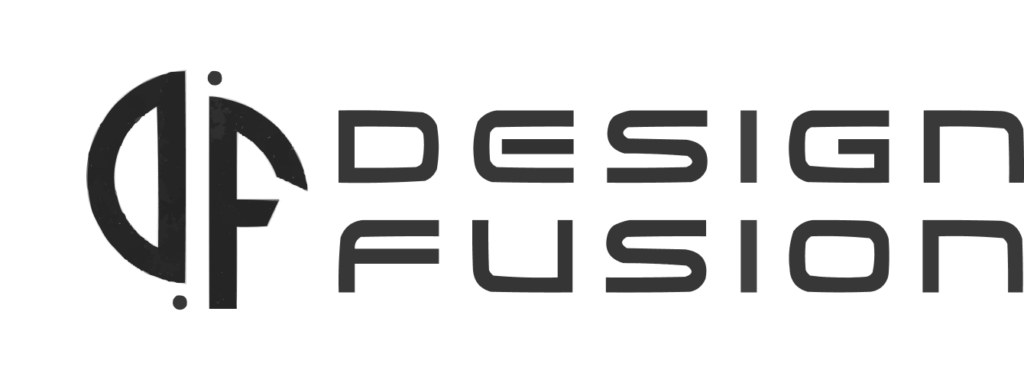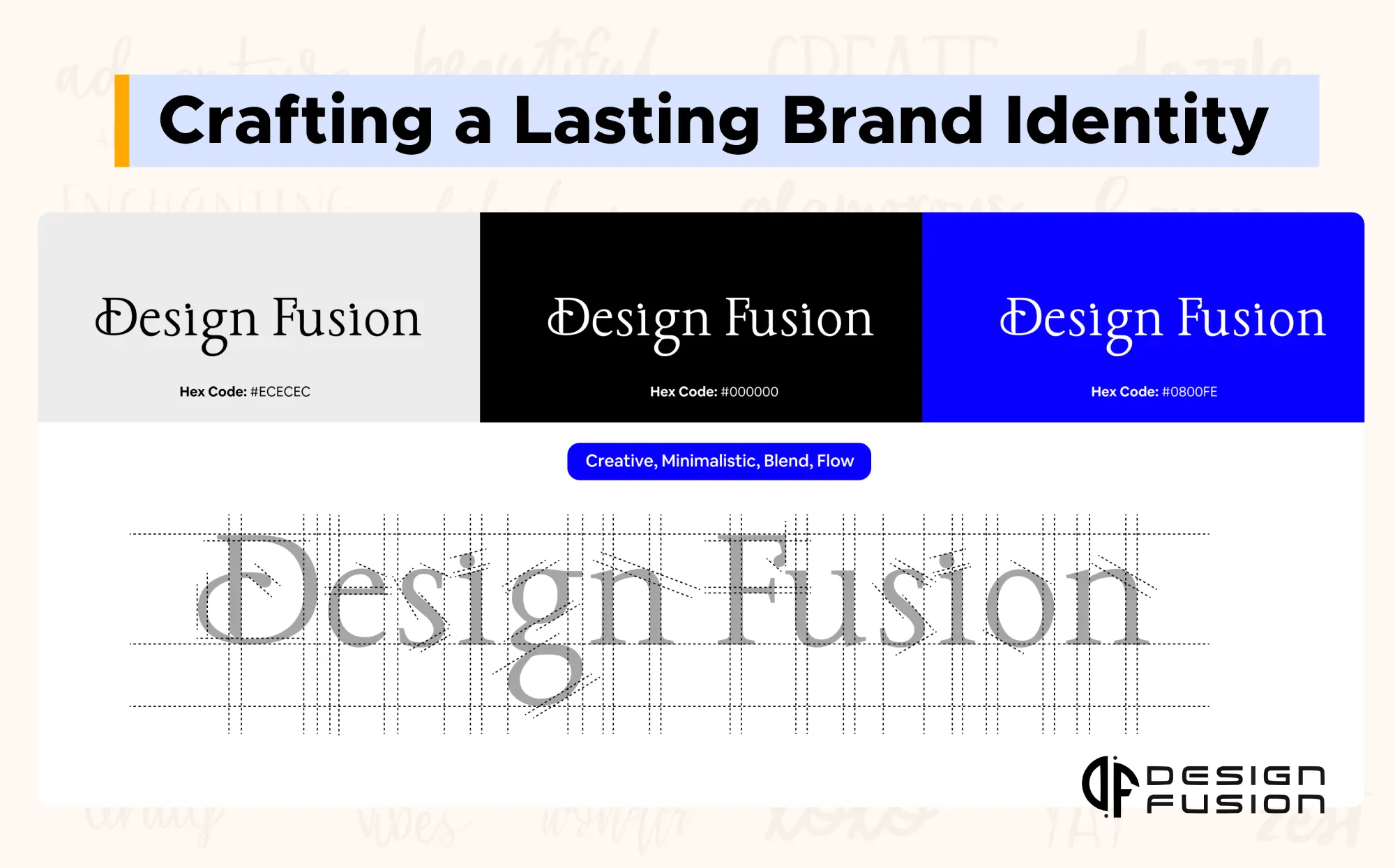In today’s fast-paced business world, a memorable and recognizable logo is crucial for establishing a strong brand identity. Your logo serves as the face of your company, conveying its personality, values, and mission in a single image. Crafting a logo that leaves a lasting impression is a multi-faceted process that involves creativity, strategy, and a deep understanding of your brand. In this article, we will explore the importance of logo design and provide insights into how to choose the best design for your brand.
Before going into details of the article if you need a little basic understanding of our article, please visit “Types of Logo and how to choose which one is best for your business”
The Significance of a Well-Designed Logo
1. First Impressions Matter
Your logo is often the first thing a potential customer sees in your brand. It should evoke immediate recognition and resonate with your target audience. A well-designed logo can make a positive first impression, setting the tone for a potential customer’s perception of your business.
2. Brand Identity
Your logo is the most important item for your brand identity. It encapsulates your brand’s values, personality, and vision. Think about iconic logos like the Nike swoosh or the Apple apple; they have become synonymous with the companies they represent. Your logo should have the same power to communicate the essence of your brand.
3. Differentiation
In a crowded marketplace, a distinctive logo helps your brand stand out. It distinguishes you from competitors and reinforces your unique selling points. A strong logo can foster brand loyalty, making it easier to retain existing customers and attract new ones.
The Logo Design Process
1. Define Your Brand
Before you even pick up a sketchbook or open design software, it’s essential to have a clear understanding of your brand’s identity. What are your values, mission, and vision? Who is your target audience? What sets you apart from your competitors? Answering these questions provides a foundation for the design process.
2. Research and Inspiration
Study your industry and competitors’ logos. Identify trends and design elements that resonate with your target audience. While you don’t want to copy others, this research can help you identify what works and what doesn’t in your niche.
3. Conceptualization
Now comes the creative part. Brainstorm ideas, sketch rough drafts, and experiment with different concepts. Consider the use of colour psychology, typography, and symbolism. Your logo should be both visually appealing and aligned with your brand’s message.
4. Simplicity is Key
The most iconic logos are often the simplest. Aim for a clean, uncluttered design that can be easily recognized and reproduced in various sizes and formats. Avoid overly complex designs that can become indecipherable when scaled down.
5. Colour and Typography
The colours and fonts you choose for your brand should reflect its personality and values. Colours can evoke emotions and create a certain mood, so it’s important to choose colours that are consistent with your brand’s image.. Typography should be legible and consistent with your brand’s tone.
6. Versatility
Your logo should look great across all platforms and mediums, from business cards to billboards. Ensure that it retains its visual appeal, whether it’s in full colour, black and white, or grayscale.
7. Feedback and Iteration
Don’t hesitate to seek feedback from colleagues, customers, or professional designers. Constructive criticism can help refine your logo and make it even more effective.
8. Finalization
Once you’re satisfied with your logo, it’s time to finalize the design. Ensure that you have high-quality files in various formats (vector, PNG, JPEG) for different applications.
Choosing the Best Logo Design
Selecting the best logo design for your brand involves considering several factors:
1. Relevance
Does the logo align with your brand’s identity, values, and message? It should convey what your business is all about
2. Uniqueness
Is your logo distinct from competitors? A unique design helps you stand out in the market.
3. Scalability
Can the logo be scaled up or down without losing its visual appeal or clarity? It should look great on both small business cards and large billboards.
4. Timelessness
Avoid trendy designs that may quickly become outdated. Aim for a timeless look that you can stick to for eternity.
5. Versatility
Consider how well the logo adapts to various applications, from digital screens to print materials.
6. Feedback
Gather feedback from a diverse group of people, including potential customers, to ensure your logo resonates with your target audience.
Conclusion
In conclusion, logo design is a critical aspect of brand identity that should not be underestimated. Your logo is the visual representation of your brand’s personality, values, and mission. It can leave a lasting impression and set the tone for customer interactions. By following a well-thought-out logo design process and considering factors such as relevance, uniqueness, scalability, timelessness, versatility, and feedback, you can create a logo that not only looks great but also effectively communicates your brand’s essence. A well-designed logo is an investment in your brand’s future success.


